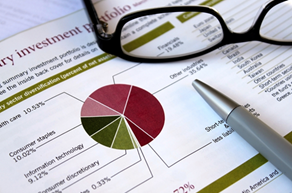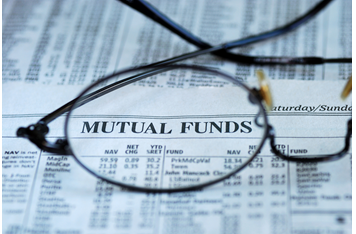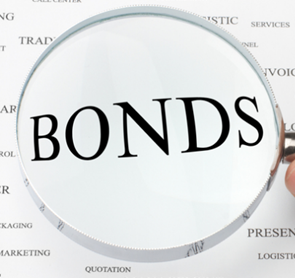How to Get Started With Investing
With the turbulence of the 2008-09 financial crisis behind us, maybe you are like many others who feel it is a good time to start investing. The money you have sitting in your bank account certainly isn’t accumulating any interest.
[newsletter1][/newsletter1]
The first thing you need to remember is that you are an investor and not a trader. Your holding period should be measured in months, not minutes. With that in mind, we will review the most popular types of investments: stocks, bonds, and mutual funds.
Stocks (How to Invest in Stocks)
Investing in shares of individual companies is both potentially rewarding and potentially dangerous. You can put the odds in your favor by doing your homework first.
There are actual rocket scientists working on Wall Street, but you don’t have to be one to succeed. Some things to consider when evaluating which stock to buy include: earnings and the consistency of those earnings, the introduction of any important new products or services, and how the company is doing compared to competitors. And don’t forget to take a look at the chart. As they say, the trend is your friend.
See Also: How to Buy and Sell Stocks Online (Investing using a Brokerage Account)
One surefire way to financial ruin is to buy the hot stock of the day. Once everybody loves a stock there is really nowhere to go but down.
Knowing when to sell can be difficult. Here is one tip: if the company has a lot of good news surrounding it, but the share price stops going up, then it could be time to get out.
Related: How to Buy Stocks and Invest in the Stock Market
There are a multitude of discount brokers offering their services for $10 or less per transaction. Keep in mind that these brokers do not provide investment advice. Their customer service is usually limited to answering questions about the status of your account.
Bonds (Investing in Bonds)
Though less common among individual investors, it is possible to buy bonds. When you buy a bond, you are loaning money to the bond issuer. It might be your local electric utility company or the federal government, for example.
[newsletter2][/newsletter2]
The most important and most misunderstood thing you need to know about bonds is that prices move in the opposite direction of interest rates. A quick example will illustrate how this works.
Suppose you buy a 10-year bond with a stated interest rate (called “coupon rate”) of 5%. You pay $1000 for the bond and receive $50 per year for 10 years. And at the end you get your $1000 back.
See Also: What to Invest In, Where and How to Invest Money (New & Beginning Investors)
After two years, you want to sell your bond, but now the market interest rate has gone up to 6%. Who will give you $1000 for your bond earning 5% when they can buy a new one earning 6%? Nobody. You will have to sell your bond at a discount to make up for the lower interest rate. So the worst time to invest in bonds is when interest rates are low but rising.
An easy way to buy U.S. government bonds is through treasurydirect.gov.
Mutual Funds (How to Invest in Mutual Funds)
For many people, the best way to get started with investing is through mutual funds. An advantage of mutual funds is that you are investing in a portfolio which is much more diversified than you could accomplish on your own.
Mutual funds come in many varieties. Some involve only stocks, others only bonds. Then there are “balanced” funds which can have both together. Others specialize in emerging markets, gold, and many other investment niches.
Related: Growth Investing for the Individual Investor (Growth Stocks)
When choosing a mutual fund, you can whittle down the choices significantly by focusing on “no load” funds. This means there is no sales charge to invest in the fund (however all mutual funds have a small management fee, to cover administrative costs). You might also want a fund “family”, a group of funds managed by the same company, with a good variety of investment choices.
See below articles that are related to this “How to Get Started with Investing (Stocks, Bonds and Funds)” article.
[related1][/related1]





